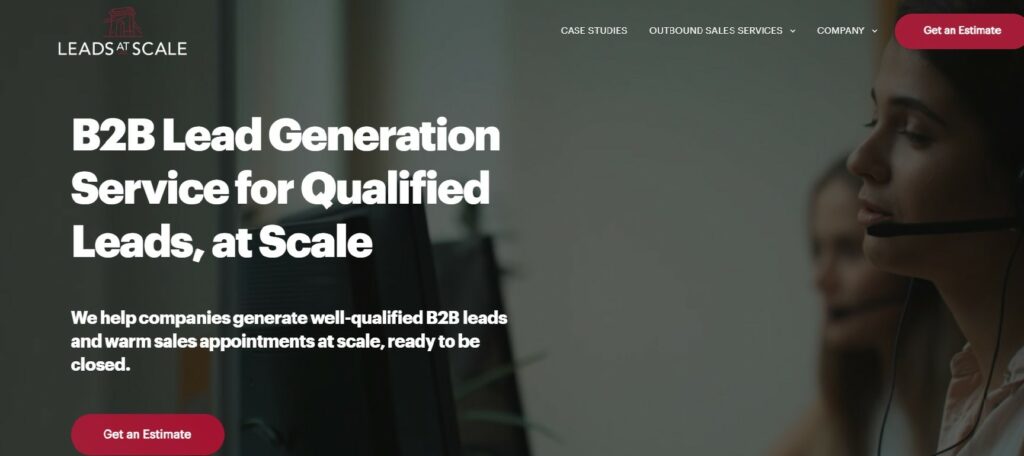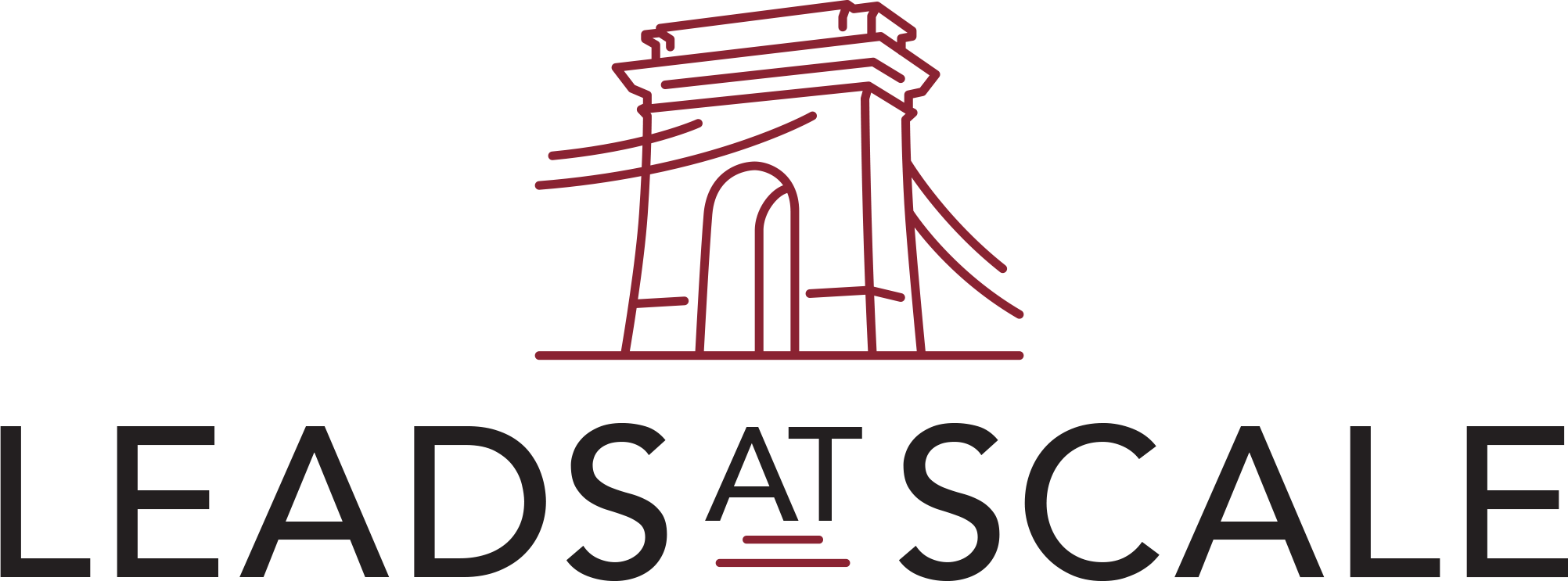Generating the amount of B2B leads you want for your business is tough. In fact, more than half of the companies admit they have trouble generating enough leads. However, this problem is rarely caused by some irreconcilable business flaw. Most of the time, it’s caused by lead generation mistakes and constraints on bandwidth or a few minor mistakes in the process.
So how can you avoid making these 10 all-too-common lead generation mistakes?
Simply familiarizing yourself with what they are and staying vigilant about identifying them in your lead-generation processes is the first step.
In this blog, we’ll look at 10 of the most common B2B lead generation mistakes and how you can prevent them in your business.
Not Providing Any Clear Call to Action in Your Content
Having a clear call to action for your audience helps them to immediately understand what type of next step they should take if they are interested in learning more about— or working with—your business.
The benefits of having a clear call to action on your marketing and sales content have been proven in numerous studies over the years. Some of the most interesting findings include:
- More than 90% of visitors who read a headline also read CTA copy
- Emails with a single call-to-action increase clicks by 371% and sales by 1617%
- Adding CTAs to your Facebook page can increase the click-through rate
- Adding CTA buttons to article templates increased revenue by 83% in one month.
Clearly, including a CTA on all of your materials is an important factor in collecting leads. But it’s one that many B2B companies often overlook.
Below you can see an example of a call to action:

Providing Too Many Calls to Action
On the same level of importance as including a clear call-to-action, is making sure you don’t include too many! Having too many CTAs is another crucial lead generation mistake.
Each piece of content should have one strategic call to action that makes sense for where your customer is in their buying journey. Having more than one call to action can confuse customers and keep them from taking any action at all.
Using A Long and Tedious Lead Capture Form
Studies show that the average prospect can get distracted in about 8 seconds. This means that if you’re using a long and tedious contact or order form to capture customer data, you’re also likely losing customers in the process!
Also, the longer your survey let’s say, the less time respondents take to answer each question. This means, longer forms actually capture less accurate information.
Keep your forms short and sweet. Capture only the data you absolutely need to know, and then use other resources and conversations with your prospect to look up and fill in the rest.
Talking About Yourself Too Much
When it comes to B2B leads, talking about your company too much— and your prospect, not enough— is one of the oldest lead generation mistakes in the book.
The best way to learn about your prospects is to ask them questions about their business, their struggles, and their needs. If you’re filling the conversation with too many of your own points, you won’t have much room to learn!

Using Bad Design Practices on Your Lead Generation Page
Something as simple as using too many images on your lead generation page can drive down conversions. Even a 1-second loading delay on your landing page can lower your site conversion significantly.
As a best practice, just keep your landing pages simple with an attractive design (as mentioned above, a clear call to action). Make sure they’re mobile-optimized as well.
Not Knowing Your Audience
It’s hard to speak directly to prospects in your content if you aren’t sure who they are.
Segmenting your prospects by certain characteristics like industry, job title, pain point, engagement, etc. will give you the ability to deliver much more targeted messages to them, which in turn will help increase your conversions.
Not Effectively Communicating Your Value
Above, we mentioned that you shouldn’t talk about your business more than you let your prospect talk about theirs. And this is true! However, you need to make sure that when you do speak about your business, you’re always communicating the value of what you can bring to your customers. What problem do you solve for your prospects and customers?
For example, saying: ”We’re the best cold-calling services partner in the country. We’ve won tons of awards and everyone loves us,” is all about your company. Instead, try: ”Our cold-calling services have helped clients increase their B2B leads by 25% every month. And they’re closing 30% more leads than they did before working with us.”
Having Silos Between Your Marketing and Sales Departments
If you want to maximize your company’s potential for B2B lead generation, you’ll need to break down any silos that exist between your marketing and sales departments.
Relationships between sales and marketing are symbiotic. Salespeople can offer marketing teams direct insight into what makes a customer a good fit. And marketing teams can help qualify leads so sales can close deals more efficiently.
However, this can only happen if both departments are communicating openly and often.
Not Testing, Analyzing, and Optimizing Consistently
The best way to learn from your mistakes is to figure out what they were in the first place. One of the easiest ways to do this is to continuously analyze your marketing and sales processes and troubleshoot what’s not working.
If you can get into a habit of analyzing and optimizing campaigns and outreach on a regular basis, you’ll no doubt begin to see exponential growth in your lead generation over time.
Not Asking for Help
Only about 25-30% of B2B leads come from marketing. It’s up to your sales team to generate the rest! However, a lot of sales teams are already stretched thin. Between following up with current clients, closing deals, and attending meetings, there’s rarely enough time to do the type of outreach required for effective lead generation – prospecting, qualifying, and nurturing.
This is where our last B2B lead generation mistake comes into play — not asking for help!
Not Having a Dedicated Landing Page
You’ve worked hard to pull your audience in. From optimizing your content for SEO to crafting the perfect social media post, it all leads here: the landing page. The landing page is crucial. It functions as a lead’s first taste of who you are as a business and, as such, should be captivating.
But here’s where many businesses fumble. Instead of directing their audience to a dedicated landing page with tailored information about their offer, they direct them to a generic homepage or product list. This confuses your potential leads! They visited your site for one of the offers you promised. Make true to that promise and make it easy for them to understand and accept the offer.
This isn’t a mere assumption either—it’s backed by data. According to MarketingSherpa, 44% of clicks for B2B companies direct users to the homepage, not a special landing page. On the other hand, HubSpot found that businesses with over 40 landing pages generate 12 times more leads!
So how can one create an effective dedicated landing page? Start with a clear headline and then follow up with brief but compelling copy detailing the benefits of your product or offer. The design should be clean and uncluttered, keeping distractions minimal. Ensure to include a highly visible call-to-action button. Make it big and place it where viewers can easily spot it. But most importantly, keep your landing page focused. It should revolve around one product/offer; if you have multiple offers, create different landing pages for each.
Keeping Form Below the Fold
The phrase ”above the fold” comes from newspaper terminology, referring to the prime placement of important stories on the top half of a folded newspaper. In web design, ”above the fold” refers to the section viewers see before scrolling down on your landing page.
Naturally, anything placed above the fold is more likely to be seen by visitors, which means your potential prospects are more likely to interact with your form if it’s visible without requiring them to scroll down.
Make sure your forms stand out and are easily accessible to grab attention instantly from visitors who landed on your page from organic search results or redirects. You should design them in such a way that visitors can predict what kind of information you want from them.
Does this mean you should stuff every crucial detail at the top? Not necessarily. But make sure key elements like your lead capture form are easily visible without scrolling. The last thing you want to do is make visitors work harder to share their information.
To maintain balance and an uncluttered design above the fold, consider breaking up lengthy forms into multi-step experiences and emphasizing one field at a time. Even steps as simple as choosing ‘Mr.’ or ‘Miss’ can generate ‘micro-commitments,’ making users more likely to complete lengthier processes later on since they’ve already started investing in interaction with your site.
Asking Too Much Personal Information from Customers
That brings us to our next point. If you ask your prospects to fill out long, arduous forms filled with unnecessary personal questions, expect them to bounce away. People value their time, as well as their privacy. Asking for too much information can scare them away. Remember that trust is vital in any business relationship, so avoid any practice that can erode this trust.
The solution is once again to strike a balance. Only ask for the information you need most in your lead capture forms. That usually includes a name, email address, or phone number (depending on how you plan to follow up). If it isn’t used immediately in your marketing efforts or isn’t necessary for a sales call, it might not need to be asked at all.
Adding ”optional” fields also gives visitors control over what they share with you. If they are close to converting but just aren’t comfortable sharing certain data points yet, at least they have the option to give you something.
Not Focusing on Benefits
Sometimes we get so wrapped up in our product or service’s features and how it’s the best in its category that we forget to shed light on what truly matters to the customers. This can make potential customers hit a wall of confusion and decide to pass. Specs and features are cool to those who already understand their value, but they aren’t always the best way to entice potential buyers.
It’s important to remember that your leads are asking, ”What’s in it for me?”. Answering this question directly connects you with your customers’ needs or wants, making them more inclined towards choosing you over competitors.
To avoid this pitfall:
- Be clear and specific about the practical value of your product.
- Keep user-centric language – instead of saying, ”We offer,” switch to ”You will get.”
- Showcase testimonials from satisfied clients. They serve as social proof of the benefits received by others.
- Integrate case studies displaying before and after scenarios showcasing notable improvements unlocked by utilizing your services.
In essence, focusing on customer-centered benefit statements connects at a deeper level and echoes louder with your potential leads than self-centered feature listings ever will.
Using Heavily Textual Content
In today’s age of microscopic attention spans, time is like a currency. Information overload is real, and your leads don’t have entire days to spend decoding complex jargon and wading through walls of text on your landing page.
Long, hefty chunks of text can daunt even the most enthusiastic lead. Users are more comfortable consuming bite-sized readable content when they’re browsing or trying to understand your products or services quickly. Embrace simplicity! Less is usually more when it comes to engaging online content. Since an image is worth a thousand words, try using visuals to explain complex concepts and ideas.
And why stop at static visuals? You can also incorporate videos that express more with less effort from the user’s end. According to Forbes, 59% of executives would rather watch a video than read text on the same topic.
In essence – be tactical with your words and focus on visual storytelling! It’ll go a long way in keeping your leads interested and getting them over the line.
If your sales team is struggling to bring in the volume of leads you need, try bringing on a cold-calling services partner or outside sales partner who can help! For example, Leads at Scale’s cold-calling service can help you reach thousands of more prospects each month and bring well-qualified leads directly into your pipeline.
Interested in learning more? Get in touch!



